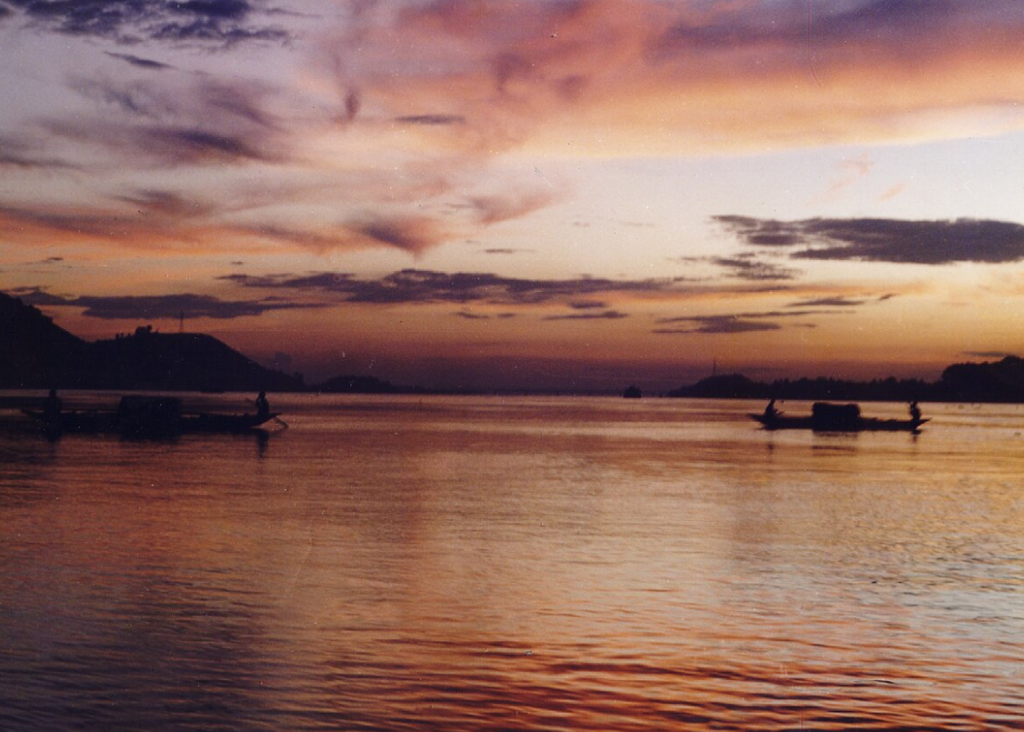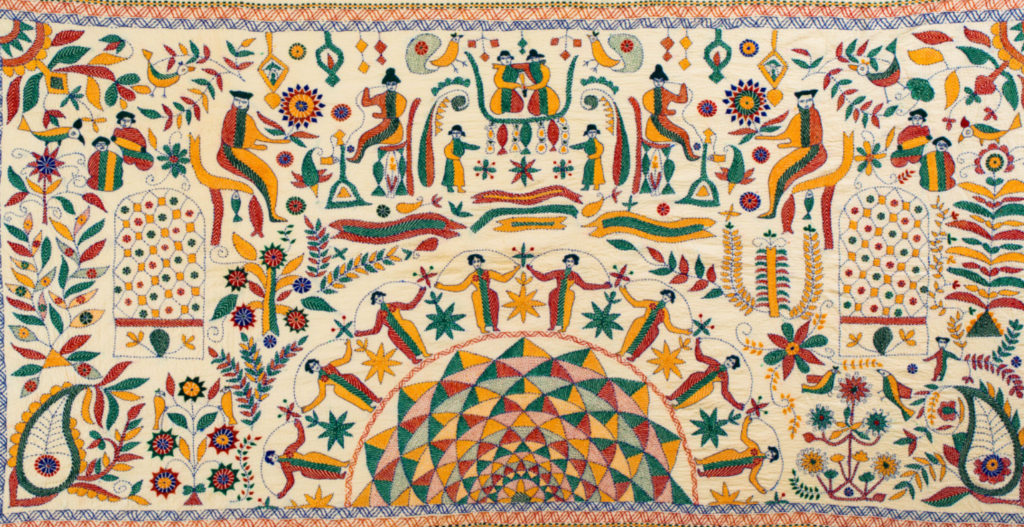Situated in the north-central region of Bangladesh, Jamalpur district is an enchanting destination that blends history, culture, and natural beauty. With the mighty Brahmaputra River flowing through its fertile plains, Jamalpur stands as a testament to the resilience and vibrancy of its people. This district, part of the Mymensingh division, is home to lush greenery, intricate traditions, and growing economic activities.
Whether you’re captivated by scenic wetlands, fascinated by vibrant local markets, or intrigued by traditional craftsmanship, Jamalpur offers something for everyone. Let’s explore the unique characteristics that make this district an intriguing destination for both locals and travelers alike.
A Glimpse Into Jamalpur’s History
Jamalpur’s roots can be traced back to ancient times when it was part of the Bhawal Estate under Mughal rule. The area flourished as an agricultural hub, thanks to the Brahmaputra River, which not only sustained its economy but also shaped its culture. Over the centuries, the district has evolved while retaining its essence as a bastion of rural beauty and tradition.
In 1978, Jamalpur was established as a separate district, carving its identity within Bangladesh’s administrative framework. Today, it is recognized for its growing industries, rich cultural expressions, and commitment to sustainable development.
The Natural Beauty of Jamalpur
The landscapes of Jamalpur are characterized by fertile agricultural lands, picturesque wetlands, and rolling hills. These natural features provide a serene retreat from the bustling cities and make the district a haven for nature lovers.
Key Natural Attractions

Brahmaputra River
- Brahmaputra River: This iconic river flows majestically through the district, shaping its geography and livelihoods. From fishing to riverine agriculture, the Brahmaputra is central to life in Jamalpur.
- Kandokhola Beel: A serene wetland area that transforms into a vibrant ecosystem during the monsoon season. It is an excellent spot for birdwatching and enjoying tranquil boat rides.
- Small Hills of Jamalpur: Though not towering, these gentle hills add a scenic touch to the otherwise flat terrain and are ideal for short treks and nature walks.
Cultural Richness of Jamalpur
Jamalpur’s culture is as vibrant as its landscapes. The district is famed for its traditional music, folk art, and artisanal craftsmanship. From the soulful melodies of Baul singers to the intricate designs of Nakshi Kantha (embroidered quilts), the district’s cultural expressions reflect the creativity and spirituality of its people.
Cultural Highlights

Nakshi Kantha
- Nakshi Kantha: Jamalpur is a hub for these beautiful hand-stitched quilts that narrate stories of rural life and emotions.
- Weaving Industry: The district is renowned for its handwoven textiles, including saris, which are prized for their quality and artistry.
- Folk Music and Festivals: Local events such as Baul music gatherings and religious festivals like Eid and Durga Puja are celebrated with grandeur and unity.
Administrative and Economic Overview
Jamalpur district is divided into seven upazilas , each with distinct characteristics:
- Jamalpur Sadar:
As the administrative and economic center, Jamalpur Sadar is home to government offices, bustling marketplaces, and educational institutions. - Melandaha:
This upazila is known for its extensive jute cultivation and traditional crafts, contributing significantly to the local economy. - Madarganj:
A scenic area that offers agricultural abundance and proximity to the Brahmaputra River, making it a serene yet industrious hub. - Dewanganj:
Bordering the Indian state of Assam, Dewanganj is a trade center with a rich mix of cultures and traditions. - Islampur:
This upazila boasts lush green fields and tranquil settings, ideal for exploring rural Bangladeshi life. - Sarishabari:
Known as the industrial heart of Jamalpur, Sarishabari is home to several jute mills and factories that boost the district’s economy. - Bakshiganj:
This area offers untouched natural beauty, with wetlands and char lands (river islands) adding to its charm.
Economic Contributions
Agriculture forms the backbone of Jamalpur’s economy, with major crops including rice, jute, mustard, and vegetables. The district also thrives in fishing, thanks to its rivers and wetlands. Small-scale industries such as weaving, jute processing, and Nakshi Kantha production provide additional livelihood opportunities.
Recent initiatives have focused on industrialization, with the establishment of jute mills and other small factories, contributing to Jamalpur’s steady economic growth.
Tourism in Jamalpur
Although less frequented than other districts, Jamalpur offers unique experiences for offbeat travelers. Its scenic riverine beauty, cultural richness, and warm hospitality create lasting memories.
Places to Visit
- Malancha Beel: A peaceful wetland perfect for birdwatching and boating.
- Char Areas of the Brahmaputra: Explore the unique ecosystems of these river islands, home to local communities and diverse flora and fauna.
- Local Markets: The bustling bazaars of Jamalpur offer a glimpse into everyday life and are great places to shop for handwoven textiles and handcrafted items.
Connectivity and Accessibility
Jamalpur is well-connected to the rest of Bangladesh, making it an accessible destination for travelers.
- By Road: Regular bus services link Jamalpur to Dhaka, Mymensingh, and neighboring districts.
- By Rail: The district’s railway station offers scenic train journeys, a preferred mode of travel for many visitors.
- By Air: The nearest airport is in Dhaka, approximately 140 km away. From there, travelers can reach Jamalpur via road or rail.
When to Visit Jamalpur
The best time to visit is during the winter months (November to February), when the weather is cool and pleasant, allowing for comfortable exploration of the outdoors.
Conclusion
Jamalpur is a district that embodies the spirit of rural Bangladesh—resilient, vibrant, and deeply connected to its roots. Its stunning natural landscapes, rich cultural heritage, and growing economic potential make it a destination worth exploring. Whether you’re drawn by the serene beauty of the Brahmaputra, the artistry of Nakshi Kantha, or the simple warmth of its people, Jamalpur promises an experience that lingers in the heart long after your visit.
Embark on a journey to discover Jamalpur, where tradition meets progress, and nature embraces culture.



